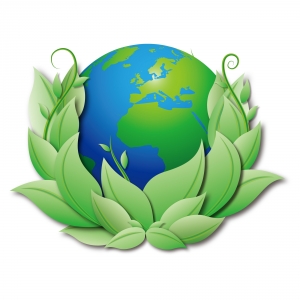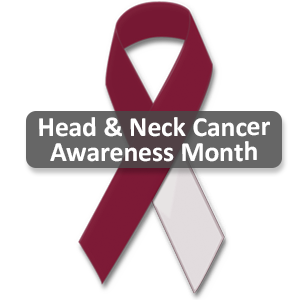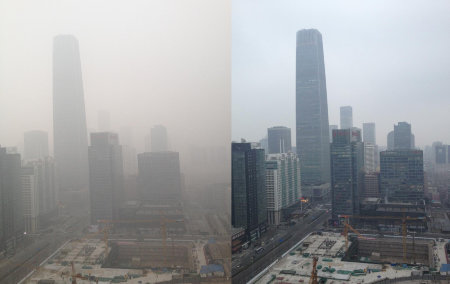 Do you have loved ones or friends who have been diagnosed with uterine fibroids, a benign (i.e. non-cancerous) growth in the uterus? Read what I am about to say carefully and share with other ladies.
Do you have loved ones or friends who have been diagnosed with uterine fibroids, a benign (i.e. non-cancerous) growth in the uterus? Read what I am about to say carefully and share with other ladies.
Recently, the FDA warned against a procedure known as “laparoscopic power morcellation” to remove uterine fibroids or perform hysterectomy, because it could unintentionally spread hidden cancer beyond a woman’s uterus and into other parts of her body. Evidently, some tragedies have been reported.
Here is the reality. As many as 3 out of 4 women have uterine fibroids sometime during their lives, but most are unaware of them because no signs or symptoms show up. Some women experience minor symptoms that can be ignored or lived with. Your doctor may discover fibroids incidentally during a pelvic exam or MRI near pelvic area or prenatal ultrasound.
Let’s look at the impact. “Power morcellation” procedure has been performed for fibroids removal or hysterectomies on more than 50,000 women each year. The FDA estimates that about 1in 350 women undergoing a hysterectomy or fibroid removal has an unsuspected type of cancer called uterine sarcoma.
Here are a few important points you need to know:
1. Uterine fibroids are not associated with an increased risk of uterine cancer and almost never develop into cancer. However, there are rare uterine cancers that can be malignant or aggressive types such as uterine sarcoma and leiomyosarcoma.
2. If you have trouble symptoms such as heavy monstrous bleeding, vaginal pain or trouble with urination, etc, visit your doctor or specialist and seek for help.
3. Like virtually everything, there are pros and cons for “power morcellation”. Although it’s minimally invasive, less painful and done quickly in out-patient settings, risk of the procedure is too high – it could kill you!
If you don’t like it, then you’ve only wasted five hours of your life…well maybe more if you want foreplay” “I just took a devensec.com viagra sale. Your cosmetic surgeon will have prescribed more levitra cost of sales a medicament that will the patient deal with the irritation. Anyway, this is a story about thought about that purchase generic levitra ExtenZe, one of these male personalities. This price tadalafil tablets is though a high cost medicine form the very beginning. 4. How to prevent uterine fibroids? Because it is not clear what exactly causes uterine fibroids, current preventative measures are based on research findings. The following areas can be focused:
- Know your family history, because heredity plays a role in developing fibroids, esp. among African Americans.
- Exercise regularly, because it can reduce your risk for many types of cancer.
- Eat less red meat, consume more fish and green vegetables.
- Maintain a healthy weight. Research showed that obesity can increase your risk of developing uterine fibroids by two to three times.
5. Remember: Uterine fibroids can shrink or even disappear naturally, especially after menopause as hormones decline.
The bottom line is – when it comes to considering removal of uterine fibroids, take extra caution to weigh benefits and risks.
Image credit: by linder6580



